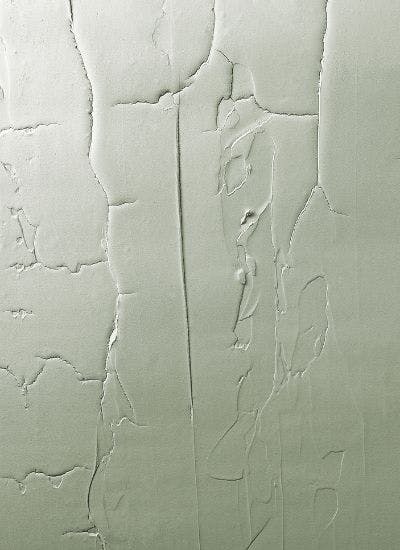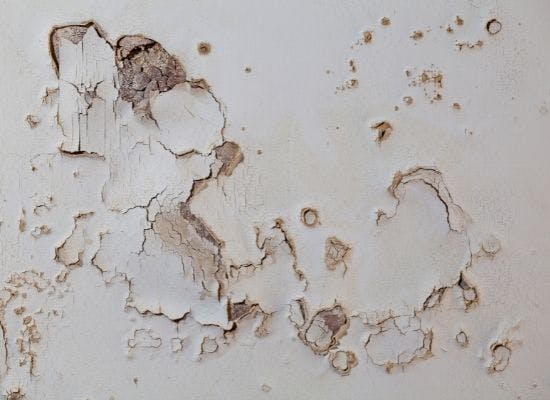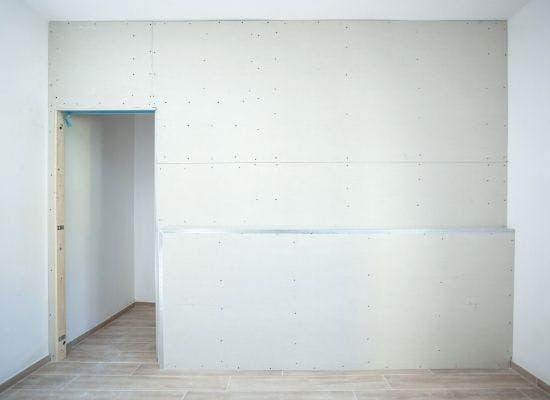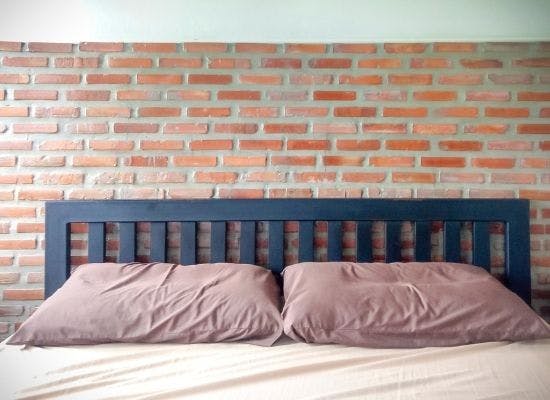Plastering
Can You Plaster Over Wood?
Written by Dale Richardson - Updated: June 23, 2023
Stay Updated with Expert Tips!
Love our DIY guides and solutions for common household problems? Get expert advice, tips, and exclusive offers in our newsletter. From garden hacks to home maintenance and special deals, we've got it all. Join our growing community now!
We've got another fun plastering article today! I know - you can never get enough plaster. Today's topic is what you can and cannot plaster directly over. Specifically, our question is can you plaster over wood? While the answer is technically just, "yes," there's a bit more to it. You can't just pop a bit of plaster onto some lumber and call it a day - no, that would be too easy.
Can you plaster over wood? Yes and no - you shouldn't directly plaster onto wood, but with the proper preparation, it is completely doable.
We can't just tell you "yeah, but do this particular thing" without telling you what the particular thing is, that would be rude! Let's get into it.
READ NEXT: Can you use metal paint on wood?
How to Plaster Over Wood
So first things first - why should you not directly put plaster onto wood? The answer is simple - because that's not how plaster is made! In order to adhere properly, plaster needs a primer and a surface with texture. You also can't properly plaster over porous material, so wood is even further from the realm of possibility.
Long story short,never plaster over any surface without first priming and preparing it.
Normally when laying plaster, you would skim a thin layer of PVA in order to allow your plaster to properly adhere to the surface. The PVA soaks into your substrate, creating a tacky surface that allows the plaster to easily stick. If you plastered directly onto wood, you would see something very bad happen. First, the plaster would disconnect from the wood you attached it to. After that, it would slowly start to sag and fall down, eventually resulting in your wall collapsing. Not only is it not the best look in your home, but it's an expensive fix, which we're trying to avoid.
In order to properly plaster over wood, you need a better surface. Most professionals (if they chose to go this route) would recommend EML. That's short for Expanded Metal Lathing, essentially metal mesh. By securing EML to the wood with screws, you allow a bit of texture for your plaster to stick onto.
It's also important to note that painted wood is okay - the paint acts as a primer. I do, however, recommend lightly sanding the paint to provide a properly rough surface to which the plaster may attach.
Read Next: Should you PVA plasterboard?
Applying EML

There are a few things to keep in mind when applying plaster with EML as the key.
- It needs to be sturdily fastened to the lath with screws, nails, or staples.
- Overlap is vital when plastering over wall plates or wooden timbers built into the wall. This ensures the EML is wide neough to actually overlap onto the masonry, preventing cracking.
- Hy-Rib EML (a subtype) should only be used if there are long spans in between the supports in your wall.
- For external work, use stainless stell or Red Rib galvanised EML.
- If the wood is paper-faced you will want to remove the paper (or ideally the wood itself) and replace it with a medium more suitable for plaster. Paper and plaster do not get along.
READ NEXT: Can you varnish MDF?
Other Methods

I've also seen the traditional method recommended - roughing up your wood surface. It would have traditionally have been done with an axe or other blade, or potentially with an extremely coarse sandpaper, though I can't recommend that. After all, why would you purposefully damage the wood in your walls?
Another method I've seen suggested (that is also not ideal) is to push a plaster key into between the wood lath of the wall. Over time as it dries, the key will harden and contract around the lath, providing a surface for the plaster to attach. Again, I can't recommend this process, primarily because I haven't tried it . Why would you, when EML works perfectly fine and has been industry standard for years?
What About Render?
An alternative approach I've heard mentioned (though never tried) is applying concrete render to a wood wall, rather than plaster. Keep in mind that render is intended for masonry , rather than wood - but it is apparently possible! One thing to keep in mind, however, is that cement and wood don't necessarily go well together. Wood warps with moisture, and cement is made using water.
Can You Plaster Over Plywood?

Plywood is about the same story. When it comes to plaster, you generally never want to skip the priming coat, though at least you don't need EML! If you're replastering painted plywood, there are a few things you should know.
First, paint generally actually works as a primer - with the exception of high-gloss paint. Luckily, there's an easy fix. All you need to do is just sand down the paint and reapply primer (PVA), and you're set to go! That's a lot easier than actual timber, thank goodness.
Final Thoughts
Plastering is a long job. While not particularly hard , per se, it's a time-consuming and knowledge-intense process. It's important that you know how plaster works, in order to be able to get it applied correctly. In short, you'll always need to prime your surface, generally with PVA, and then apply a second skim coat. Once that's done, you can skim on your plaster and it should attach.
Try to avoid applying plaster to highly porous or incredibly smooth surfaces. Things like paper or glaze will prevent the primer from adhering properly and will result in your plaster failing. And as always, if you're ever in doubt about your ability to finish a job, please call a professional. They exist solely to make your life easier, and if you're uncomfortable doing any of this, it's better to give them a ring. That allows you to sit back, make a drink, and watch them do what they do best. And if you're lucky, you can pick up a few tricks on the way!
One More Thing Before You Go!
Craving more DIY insights? Don't miss our expert guides and exclusive deals. Subscribe now and get the best of home and garden tips straight to your inbox. Join our community and stay in the know!
Get Cashback Faster & Earn Free Fraffle Tickets
Shop at your favourite stores and enjoy cashback in days, not months. Plus, sign up today to get 5x Free Fraffle tickets!


















